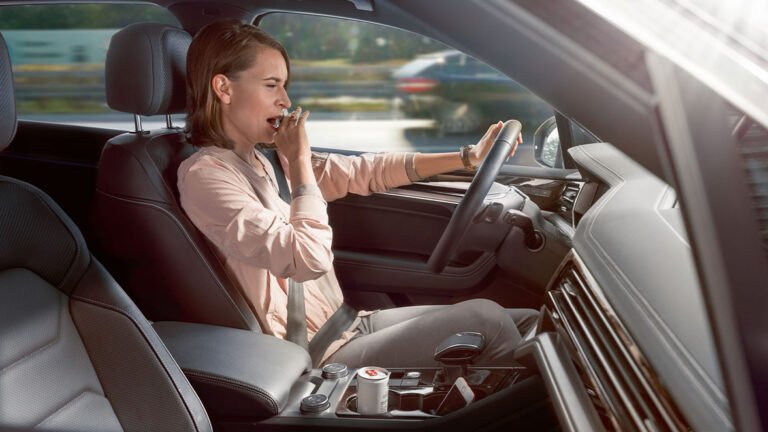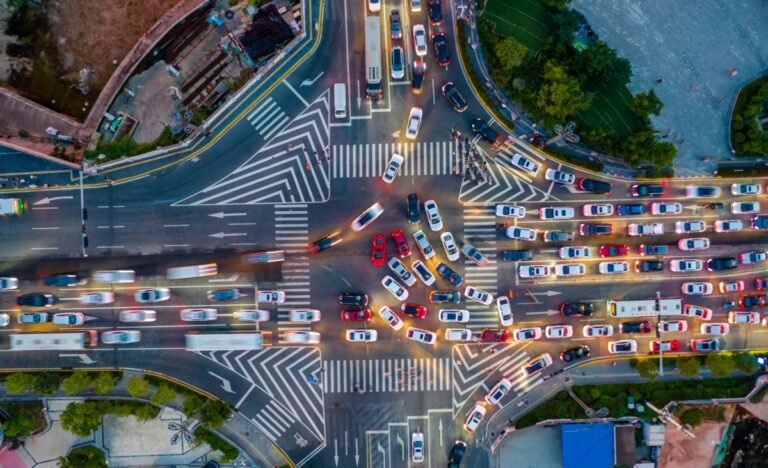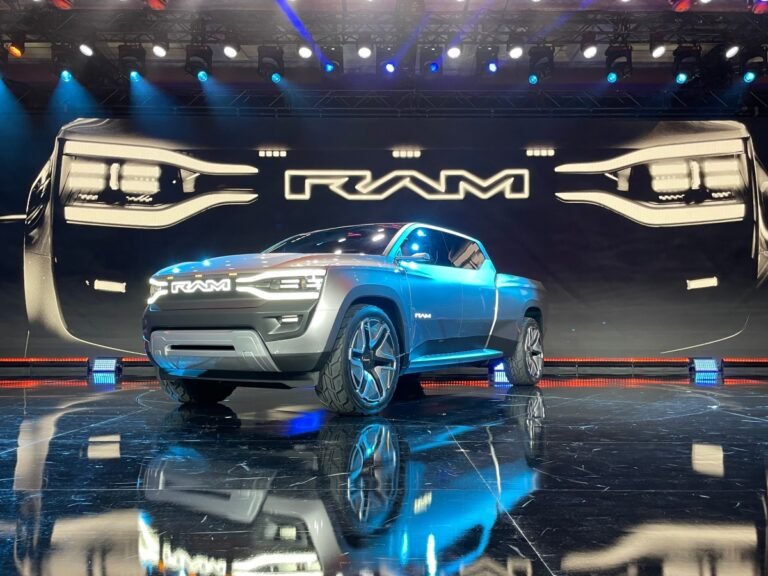Bosch’s Vision: Unlocking the Potential of In-Car Eye-Tracking Beyond Safety

Eye-tracking tech has been making its way into cars for years as a safety feature, especially with the rise of driver assistance software.
Now, Bosch thinks the tech could offer some other benefits – and it’s showing off two ideas this week at CES 2024 in Las Vegas.
The first scenario is pretty straightforward (and very European): You’re driving home and the car recognizes that you’re looking pretty drowsy.
The other is far more complicated: Eye-tracking tech could be used during your drive to figure out what points of interest you’re looking at, and the car could offer contextual information.
Since Bosch is merely a supplier here, it’s up to the automakers to decide if – and more importantly, how – it wants to implement these ideas.









